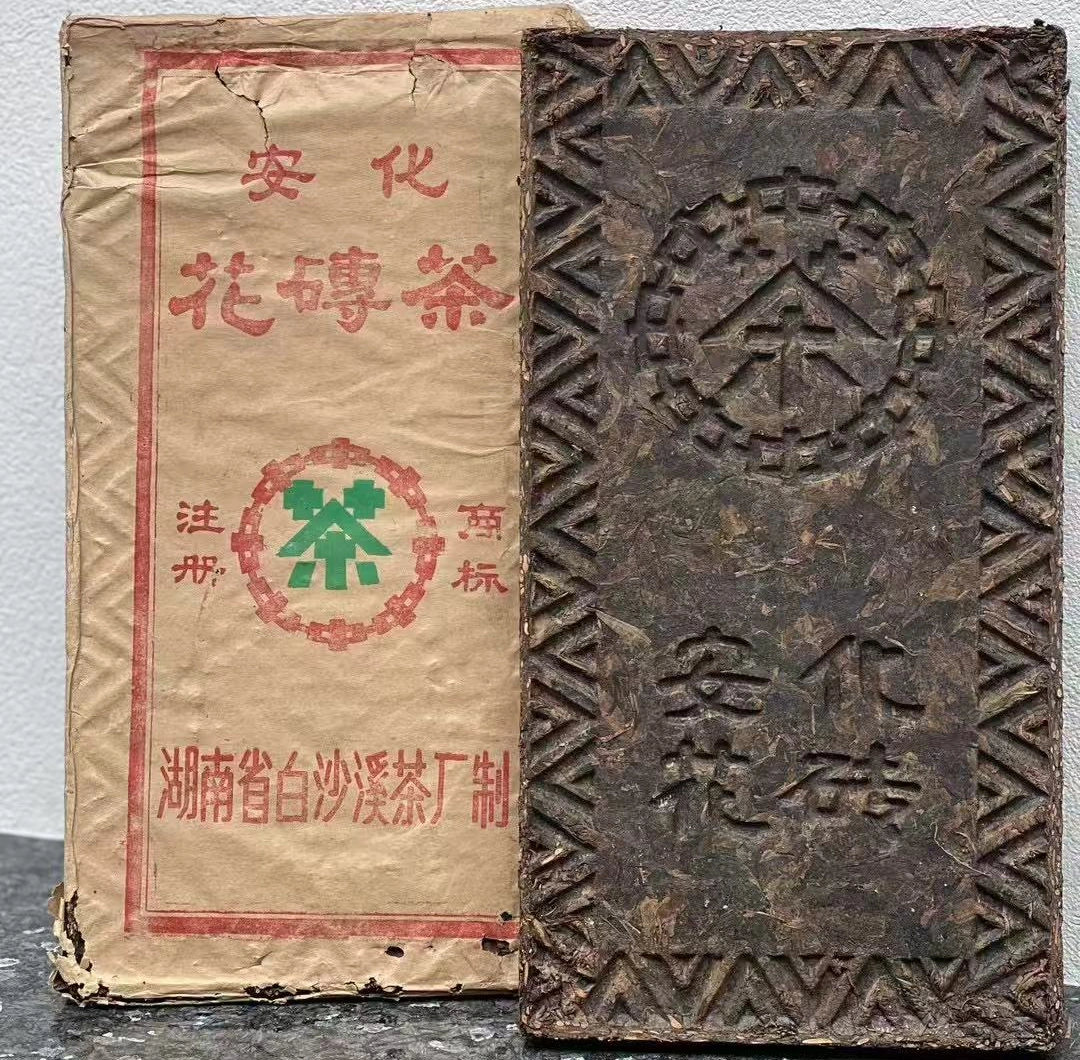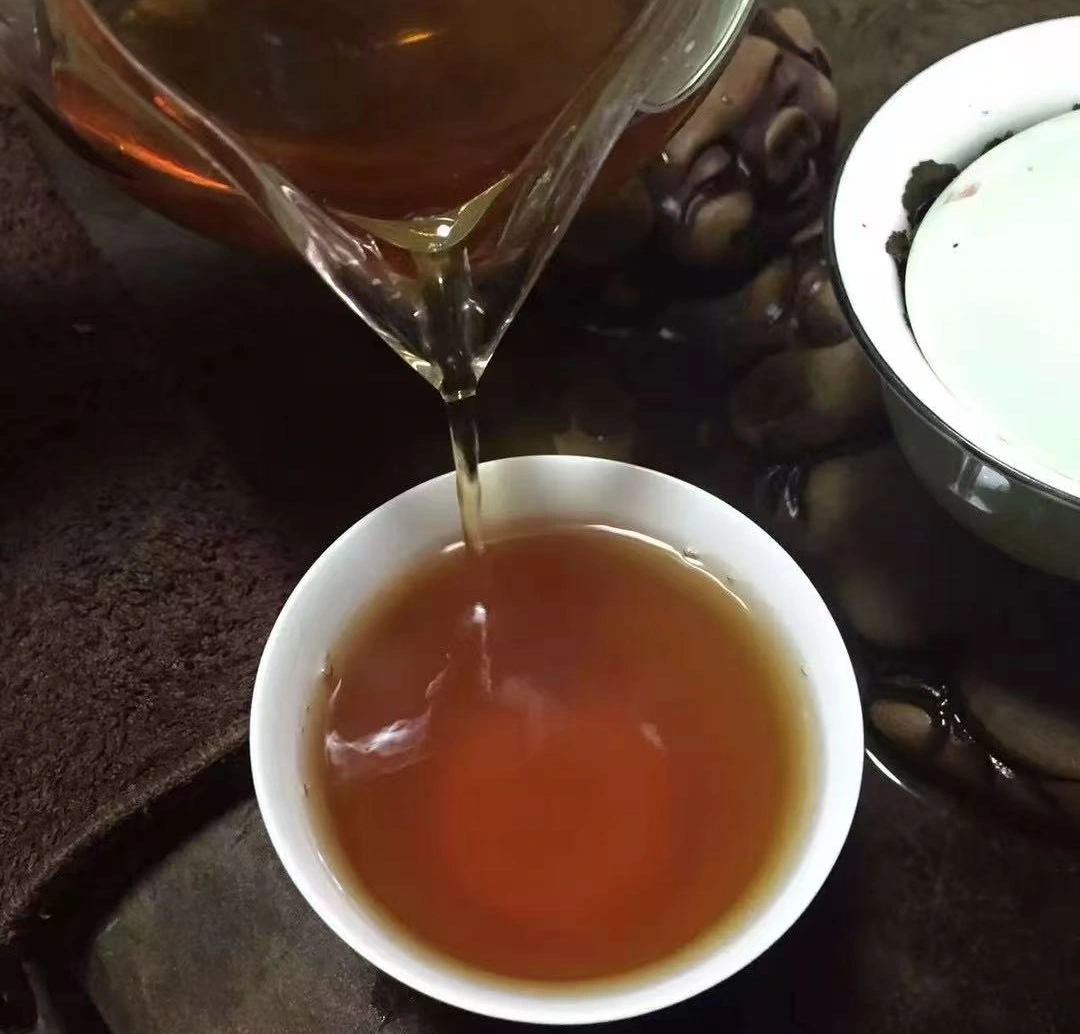Fermented dark tea is more than just a beverage—it’s an immersive journey through aroma, taste, and history. From the moment you lift the warm porcelain cup to your lips, the earthy embrace of fermented dark tea envelops your senses, inviting you into a world where time deepens flavor and every sip tells a story of craftsmanship and tradition. In this guide, we’ll explore the origins, benefits, and brewing techniques of fermented dark tea, weaving vivid sensory descriptions and emotional appeal to awaken your curiosity and passion for this ancient delight.
What Is Fermented Dark Tea?
Definition and Focus on Fermentation
Fermented dark tea refers to post-fermented tea varieties that undergo a unique microbial aging process, transforming fresh leaves into rich, complex brews. Unlike green or oolong teas, fermented dark tea develops deep, woody notes and mellow sweetness through natural microbial activity. Imagine damp forest floor aromas mingling with subtle sweet plum undertones—that’s the magic that only properly aged fermented dark tea can deliver.

History and Origins of Fermented Dark Tea
Origins in Yunnan and Ancient Trade Routes
The story of fermented dark tea begins in the misty mountains of Yunnan Province, China, where the humid climate and rich soil nurtured tea trees for centuries. Traders along the ancient Tea Horse Road discovered that compressing tea leaves into cakes and allowing them to age resulted in mellower flavors and increased storage longevity. These early shipments of fermented dark tea traversed rugged mountain passes, carrying with them the promise of warmth and vitality to distant lands.
Evolution into Modern Post-Fermented Tea
Over time, artisans in Yunnan and Guangxi refined the aging process, introducing controlled piles of tea leaves—known as “wo dui”—to accelerate microbial fermentation. Today’s fermented dark tea blends traditional techniques with modern hygiene standards, ensuring each batch exhibits that signature depth, smoothness, and lingering sweet aftertaste that aficionados crave.
Health Benefits of Fermented Dark Tea
Gut Health Benefits from Fermented Dark Tea
A flourishing gut microbiome thrives on the probiotics found in fermented dark tea. Each cup delivers live microorganisms that support digestion, reduce bloating, and balance gut flora. Sensory delight meets well-being as the soothing, velvety mouthfeel of fermented dark tea encourages slow sipping and mindful enjoyment, enhancing both mood and digestive harmony.
Antioxidant Properties and Aging Support
Rich in theaflavins and thearubigins, fermented dark tea offers potent antioxidant power that combats free radicals and supports cellular health. With every sip, you’re not only indulging in silky, indulgent flavors but also reinforcing your body’s defenses against oxidative stress—helping you feel invigorated and resilient in the face of life’s demands.
Different Types of Fermented Dark Tea
Pu-erh Tea (普洱茶)
Pu-erh tea is perhaps the most celebrated form of fermented dark tea. With its signature earthy aroma, aged Pu-erh develops layers of complexity—from mossy forest notes to sweet dried fruit nuances. The first sip may surprise you with a smooth earthiness that blooms into a comforting sweetness.
Liu Bao Tea (六堡茶)
Originating in Guangxi, Liu Bao tea offers a creamy mouthfeel and gentle camphor undertones. Over years of aging, Liu Bao’s fermented dark tea profile becomes remarkably smooth, with hints of nutty richness and a whisper of smoke—like a cozy fireside embrace.
Fu Brick Tea (茯砖茶)
Fu Brick tea, distinguished by its golden “golden flowers” (Eurotium cristatum), exhibits a soft, buttery texture and mild floral aroma. As a fermented dark tea, Fu Brick delights with velvety sweetness and a subtle bitterness that balances perfectly on the palate.
Brewing Fermented Dark Tea for Optimal Flavor
Water Temperature and Steeping Time
Brewing fermented dark tea demands precision: use water just off the boil (95–100 °C / 203–212 °F) to coax out deep flavors without harshness. Start with a brief rinse—pour hot water over the leaves and discard immediately—to awaken the tea. Then, steep for 2–3 minutes for the first infusion, gradually extending steeping times by 30 seconds with each subsequent brew. This method ensures every cup of fermented dark tea is a symphony of earthy depth and sweet clarity.
Gongfu vs. Western Brewing Methods
- Gongfu Style: Embrace the ritual—small Yixing clay teapot, multiple short steeps, and focused attention. Each infusion reveals new facets of fermented dark tea’s personality, from mild timber notes to rich, honeyed layers.
- Western Style: Opt for ease—use one teaspoon of compressed fermented dark tea per 8 oz of water in a glass or ceramic mug. Steep 4–5 minutes and savor a bold, comforting cup that highlights the tea’s natural sweetness and full-bodied texture.
Flavor Characteristics and Tasting Notes
Taste: Earthy, Woody, and Sweet Notes
The hallmark of fermented dark tea is its earthy foundation—imagine damp autumn leaves mingling with aged wood. Beneath this core, sweetness emerges gently: think dark chocolate, dried figs, and a hint of caramel. This interplay of earth and sweetness creates a balanced, resonant taste that lingers long after the last sip.
Aroma: Fruity and Camphor Undertones
Close your eyes and inhale the fragrance of fermented dark tea: subtle fruity echoes—plum, apricot—dance alongside fresh camphor and moss. This captivating aroma primes your palate and invites you into a sensory experience that transcends ordinary tea drinking.
How to Store Fermented Dark Tea
Ideal Storage Conditions
Proper storage preserves the nuanced flavors of fermented dark tea. Seek a cool, dry environment away from strong odors—avoid humidity above 70%, direct sunlight, and airtight containers that trap stale air. Instead, use breathable paper wrappers or terracotta jars to allow gradual aging while protecting against off-flavors.
Aging and Flavor Development
With time, fermented dark tea continues to evolve. Year after year, its texture becomes silkier, its sweetness more pronounced, and its earthy base more refined. Like fine wine, well-aged fermented dark tea rewards patient collectors with depth and complexity unmatched by fresh teas.
Frequently Asked Questions About Fermented Dark Tea
Q1: How many times can I steep fermented dark tea?
A: Most fermented dark tea cakes yield 8–10 invigorating infusions. Gradually increase steeping time to unlock new flavor layers with each round.
Q2: Is fermented dark tea caffeinated?
A: Yes, fermented dark tea contains moderate caffeine—enough to enliven the mind without overstimulation, making it an excellent afternoon pick-me-up.
Q3: Can I store fermented dark tea in the refrigerator?
A: Refrigeration can introduce moisture and odors. It’s best to keep fermented dark tea in a stable, cool room away from food.
Q4: What’s the difference between raw and ripe Pu-erh?
A: Raw (sheng) Pu-erh undergoes natural aging over decades, while ripe (shou) Pu-erh is mechanically fermented in controlled piles for faster maturation. Both are forms of fermented dark tea, but their flavor profiles and aging timelines differ significantly.

Conclusion: Embracing the World of Fermented Dark Tea
From its mist-shrouded origins in Yunnan to your teacup, fermented dark tea offers an enchanting fusion of earthy depth, sweet warmth, and cherished tradition. Whether you’re a connoisseur seeking the silkiness of aged Pu-erh or a curious newcomer drawn by fragrant camphor notes, fermented dark tea promises a sensorial adventure with every infusion. Pour yourself a cup, inhale deeply, and let the magic of fermented dark tea transport you to ancient tea trails and serene tea rooms—one sip at a time.



